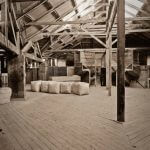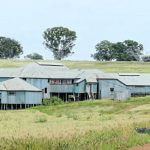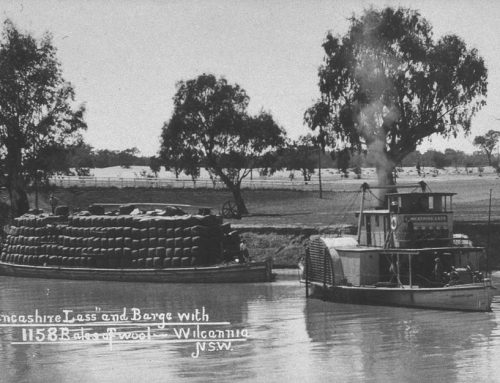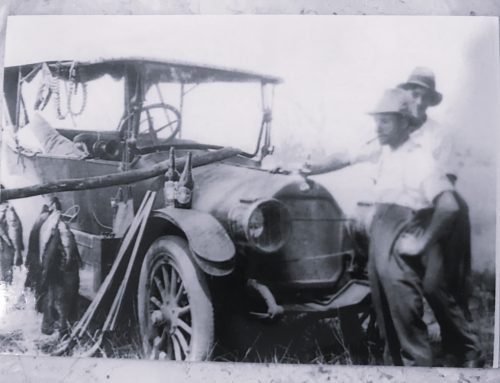Stepping inside the Old Errowanbang Woolshed the sun filters through the dusty interior, shining light on the 130 year-old pinewood floors that have borne witness to years of hard labour. A network of cobwebs conceal the wall-mounted shearing machines that replaced the old blades from the late 1800s, acting as a storyboard for the transition from hand shearing to mechanical shearing.

These days the area of Orange in Central West NSW attracts crowds for its beautiful wineries and fresh produce, but in the past it was recognised for its sheep industry and for fostering some of Australia’s most famous shearers. It’s a stunning part of rural Australia with rolling hills, fertile land and a strong history dating back to its European settlement.
 Designed by Watts, and built in 1886, the Old Errowanbang woolshed is located just outside of Orange and is one of the largest woolsheds in the area. Its unique design is what makes it so interesting and attracts visitors from all over Australia every year. Constructing the intricate 4-level Cypress Pine structure was a long-winded process, a large-scale project that took over 12 months to complete. It’s hard to believe that a structure of this scale was built without the luxury of modern machinery, with a speculated 5 tonnes of nails and bolts; you can just imagine the work involved. And all by hand.
Designed by Watts, and built in 1886, the Old Errowanbang woolshed is located just outside of Orange and is one of the largest woolsheds in the area. Its unique design is what makes it so interesting and attracts visitors from all over Australia every year. Constructing the intricate 4-level Cypress Pine structure was a long-winded process, a large-scale project that took over 12 months to complete. It’s hard to believe that a structure of this scale was built without the luxury of modern machinery, with a speculated 5 tonnes of nails and bolts; you can just imagine the work involved. And all by hand.
The woolshed consists of 40 shearing stands, and has the capacity to hold 3000 sheep. 26 of the stands were never converted to mechanical shearing, showing visitors today the strong disparity between the new and old shearing techniques.
Each level of the woolshed has its own purpose, from the penning and shearing, sorting, to baling and storing. In 1886 the owner, and founding member of the pastoralists Union of New South Wales, Francis Hopkins, watched over as 90,000 sheep were shorn in one season, from both Errowanbang and neighbouring properties.
 Full of charm and old forgotten tales, the Errowanbang Woolshed is still standing today. Only a small area of the woolshed is in operation, but the property has been lovingly restored and converted into a beautiful farmstay, a historical retreat where guests are treated to tours of the woolshed and are able to discover more about our rich pastoral past.
Full of charm and old forgotten tales, the Errowanbang Woolshed is still standing today. Only a small area of the woolshed is in operation, but the property has been lovingly restored and converted into a beautiful farmstay, a historical retreat where guests are treated to tours of the woolshed and are able to discover more about our rich pastoral past.






Leave A Comment